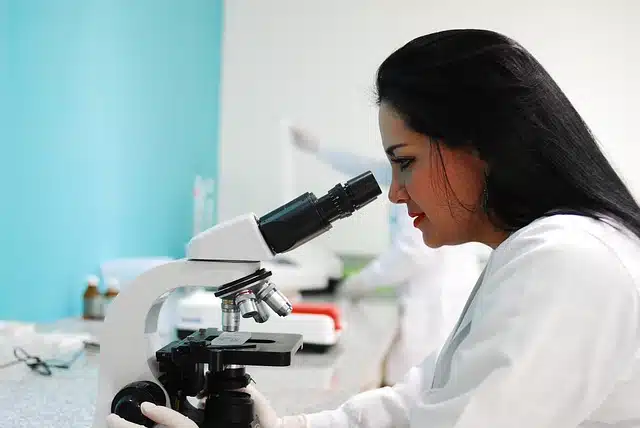
A thermodynamic system is formed with isolated bodies for study.
System is the module of elements that are interrelated with each other and that maintain interactions. Thermodynamics , for its part, is the sector of physics that is responsible for studying the links that heat establishes with other forms of energy.
Thermodynamics , therefore, is a scientific discipline whose object of study is the energy exchange between a body and the environment . In this context, we can say that a thermodynamic system is a set of bodies that is isolated from the environment for study.
Said isolation can occur in a real way through an experimental field or in an ideal ( theoretical ) way. The purpose is always to study the exchanges of energy and matter that occur within the system.
Thermodynamic system classes
The universe of the thermodynamic system is formed by the system itself (the set of bodies ) and the environment . The surface that is responsible for separating the system and the environment is called the wall or boundary . According to the characteristics of this wall, that is, its ability to carry out isolation with respect to the environment, we can speak of different types of thermodynamic system:
* isolated : this thermodynamic system does not carry out an exchange of energy or matter with the environment. In other words, it can be said that it is in thermodynamic equilibrium . A case in which this can be seen is that of a gas that is trapped in a container with resistant walls and a considerable thickness (called adiabatic walls), such that the degree of heat energy exchange is not significant and cannot be energetic exchange takes place in the form of work;
* closed : it is a thermodynamic system that can exchange energy with the environment, but not matter. This particular class has many examples that represent it, and some are as mundane as a can, since their walls are not as thick and rigid as those of an isolated system;
* open : a large part of the thermodynamic systems that can be encountered every day are included in this class. A very easy to understand example is a car, since it carries out an exchange of matter with the outside every time a person sits inside it, fills its fuel tank, charges its battery or through the emission of gases through the exhaust pipe. On the other hand, an exchange of energy also takes place in the form of heat , which is very easy to see both inside and outside the vehicle.

The isolation of the thermodynamic system can be promoted through an experimental field.
Other classification
Another way to classify thermodynamic systems is by taking into account their homogeneity, which results in the following two classes:
* homogeneous : it is one whose macroscopic properties correspond in any of its parts. This kind of system can occur in any state of aggregation. Three examples in which these characteristics are met are a solid and pure substance that is in a crystallized state in the form of a single crystal, a gas that is trapped in a closed container or a quantity of pure water.
* heterogeneous : its definition is the opposite of that of the homogeneous system.
Another type of thermodynamic system is the adiabatic system, which allows the exchange of energy in the form of work , but not heat energy (nor matter).
A system is in thermodynamic equilibrium when its intensive variables do not change despite the passage of time . It should be remembered that these variables are those that do not change their value depending on the amount of matter or the size of the system.
